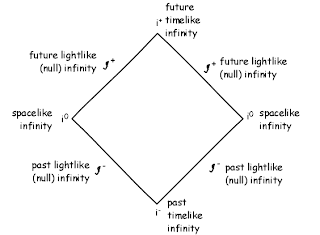"The adventure of our science of physics is a perpetual attempt to recognize that the different aspects of nature are really different aspects of the same thing" -- Richard Feynman
Should I be so bold to change the word in Feynman's quote as to suggest that "perpetual" be changed to "perceptual?" Conceptually, to be able to explain the
Diagrams, as a process unfolding?
"When I see equations, I see the letters in colors – I don't know why. As I'm talking, I see vague pictures of Bessel functions from Jahnke and Emde's book, with light-tan j's, slightly violet-bluish n's, and dark brown x's flying around. And I wonder what the hell it must look like to the students."
Feynman, Richard. 1988. What Do You Care What Other People Think? New York: Norton. P. 59.
The question I raised in the Blog Post title is one that has to do with perception and how we can see in different ways. How did such a view of the natural world bring to light....anti-matter? Was it a conceptualization about time?
While Dirac spoke about projective geometry I could not but help to see that Feynman thought to use his diagrams to help see in "that kind of space." As a layman, I could definitely be wrong.
You can picture all the
directions in Minkowski space as the points in a three-dimensional projective
space. The relationships between vectors, null-vectors and so on - - and you get
at once just the relationships between points in a three-dimensional vector
space. I always used these geometrical ideas for getting clear notions about
relationships in relativity although I didn’t refer to them in my published
works.Oral History Transcript — Dr. P. A. M. Dirac
See:
Word Picture











